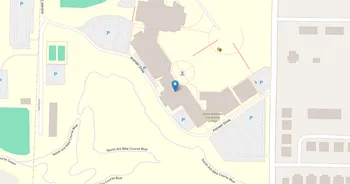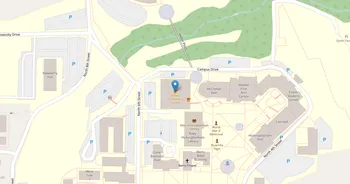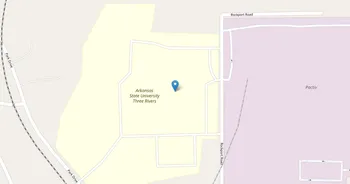New Tyler Barber College Inc : Overview, Courses, Scholarships & Rankings
About New Tyler Barber College Inc
Walk into New Tyler Barber College and you'll hear clippers before you see them. The school is known for hands-on training that blends classic technique with current style trends, backed by coursework in sanitation, client care, and shop basics. Faculty have a reputation for practical, shop-floor perspective, so students get steady feedback and real-time problem solving. It feels less like a lecture hall and more like a working studio, where repetition builds skill and confidence.
Facilities typically include a busy clinic floor, practice labs, and spaces for study and advising. Student life leans tight-knit and supportive, with plenty of peer mentoring and client interactions that sharpen communication. Career prep focuses on professionalism, portfolio building, and shop-readiness, with connections to local barbers and small-business owners. In North Little Rock, students tap into a friendly, walkable community, riverfront recreation, and a down-to-earth arts and food scene. And there's a tradition of community-minded service that fits the barbershop spirit.
Key Institutional Details
Contact & Profile
Academic & Institutional
Academic Programs & Fields of Study
New Tyler Barber College Inc offers 2 degree programs across 1 major academic fields, graduating approximately 22 students annually. The most popular fields by graduate volume are Personal Services (2 programs, 22 graduates). Explore program details, award levels, and graduate demographics below.
Personal Services (2 programs, 22 graduates)
Hospitality Management, Culinary Arts and Personal Care
| Program Name | Graduates | Gender Distribution | Award Levels | CIP Code |
|---|---|---|---|---|
| Barbering | 21 |
|
Certificate (1-2 yrs)
|
12.0402 |
| Cosmetology and Barber Styling Instructor | 1 |
|
Other Award
|
12.0413 |
Tuition, Fees & Estimated Costs
Overview of tuition rates, housing, and other annual education expenses for undergraduate and graduate students
Financial Aid & Student Support
Summary of scholarships, grants, student loans, and financial aid statistics for undergraduate students
Student Success Metrics
Graduation rates and post-graduation earnings to help assess student outcomes and long-term value of education.
Loan Burden & Repayment Outcomes
Breakdown of loan repayment rates and student debt levels by income and dependency status.
Frequently Asked Questions
Find answers to the most common questions about New Tyler Barber College Inc
What academic programs and degree levels does New Tyler Barber College Inc offer?
New Tyler Barber College Inc offers 2 academic programs across 1 major fields of study, with available degree levels: Certificate (1-2 yrs), Other Award.
Most popular program areas include:
- Hospitality Management, Culinary Arts and Personal Care (2 programs)
Data based on IPEDS program completions for 2023-2024 academic year. Numbers reflect programs where students graduated, not all offered programs.
What financial aid and scholarships are available at New Tyler Barber College Inc?
New Tyler Barber College Inc provides financial aid to 22% of first-time, full-time students, with average grants of $7,024 and average loans of $7,500.
Average financial aid amounts by type:
- Pell grants: $6,608
- Federal loans: $7,500
The university supports 12 students with grants and 7 students with loans annually.
Data based on IPEDS for 2022-2023 academic year. Financial aid amounts and percentages may vary by program, enrollment status, and individual circumstances.
What is the average salary for New Tyler Barber College Inc graduates?
New Tyler Barber College Inc graduates earn a median salary of $16,629 after 6 years and $18,715 after 10 years.
Data based on IPEDS for 2022-2023 academic year. Salary data reflects graduates who received federal financial aid (approximately 60% of all graduates). Actual earnings may vary significantly based on program, location, and individual circumstances.
Related Universities




Found something useful? Help others discover it too! Share with friends, on social media, or save for later - every share helps someone find the information they need.